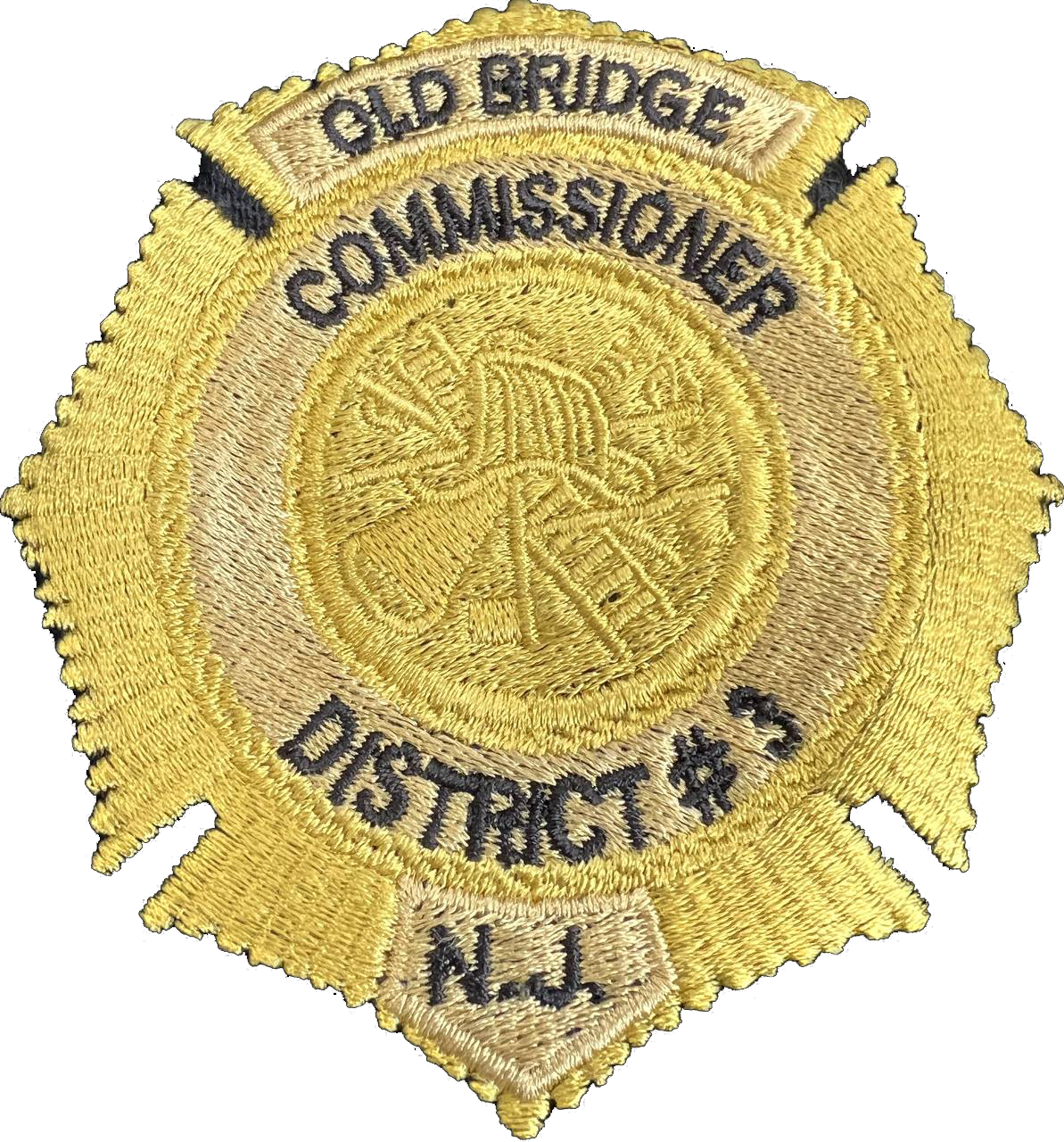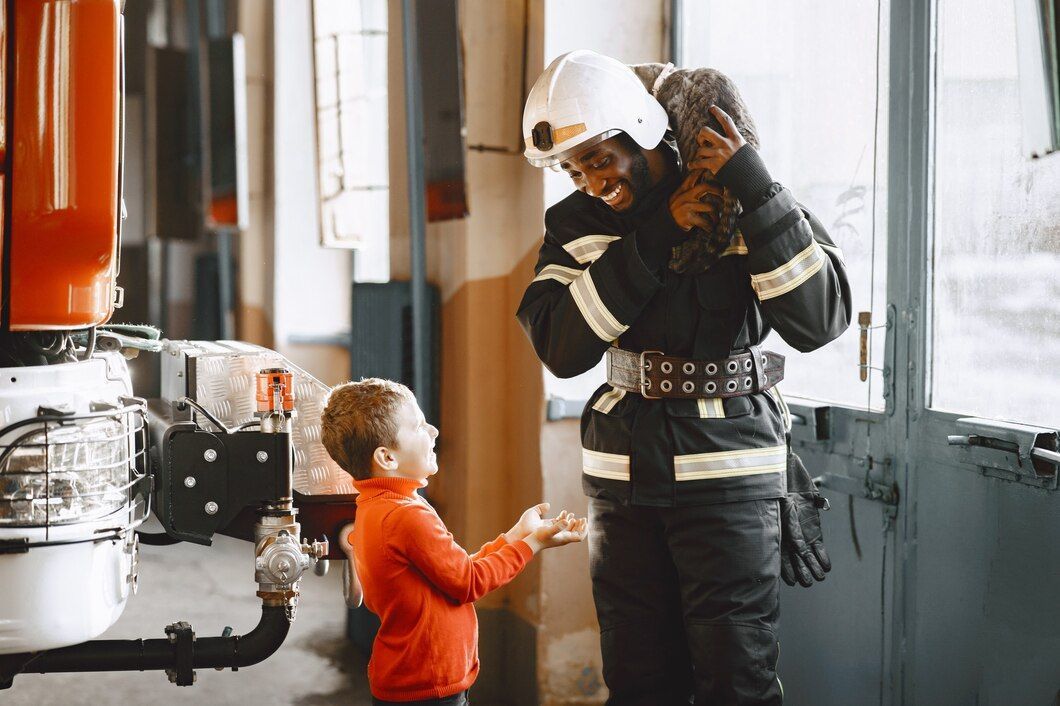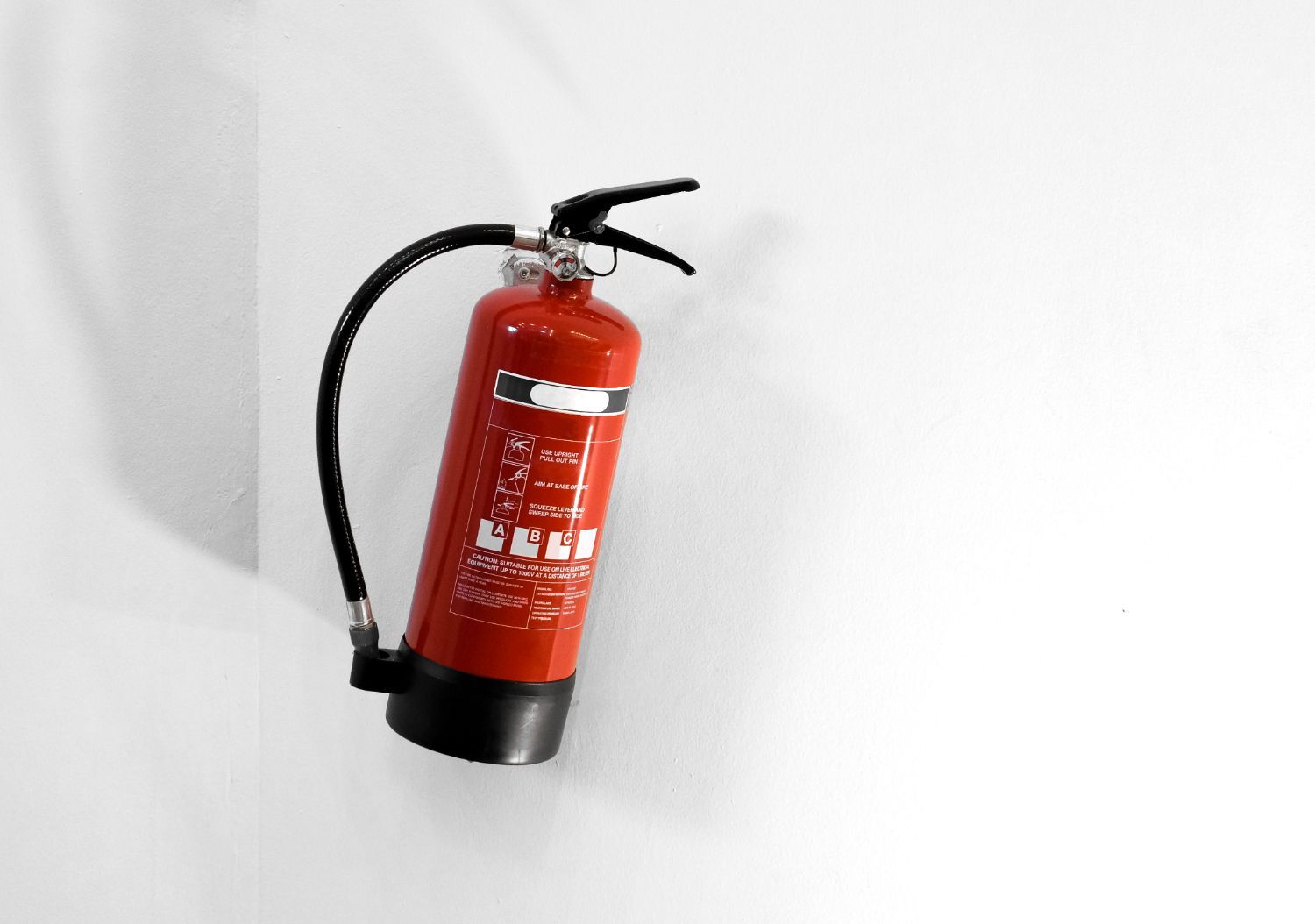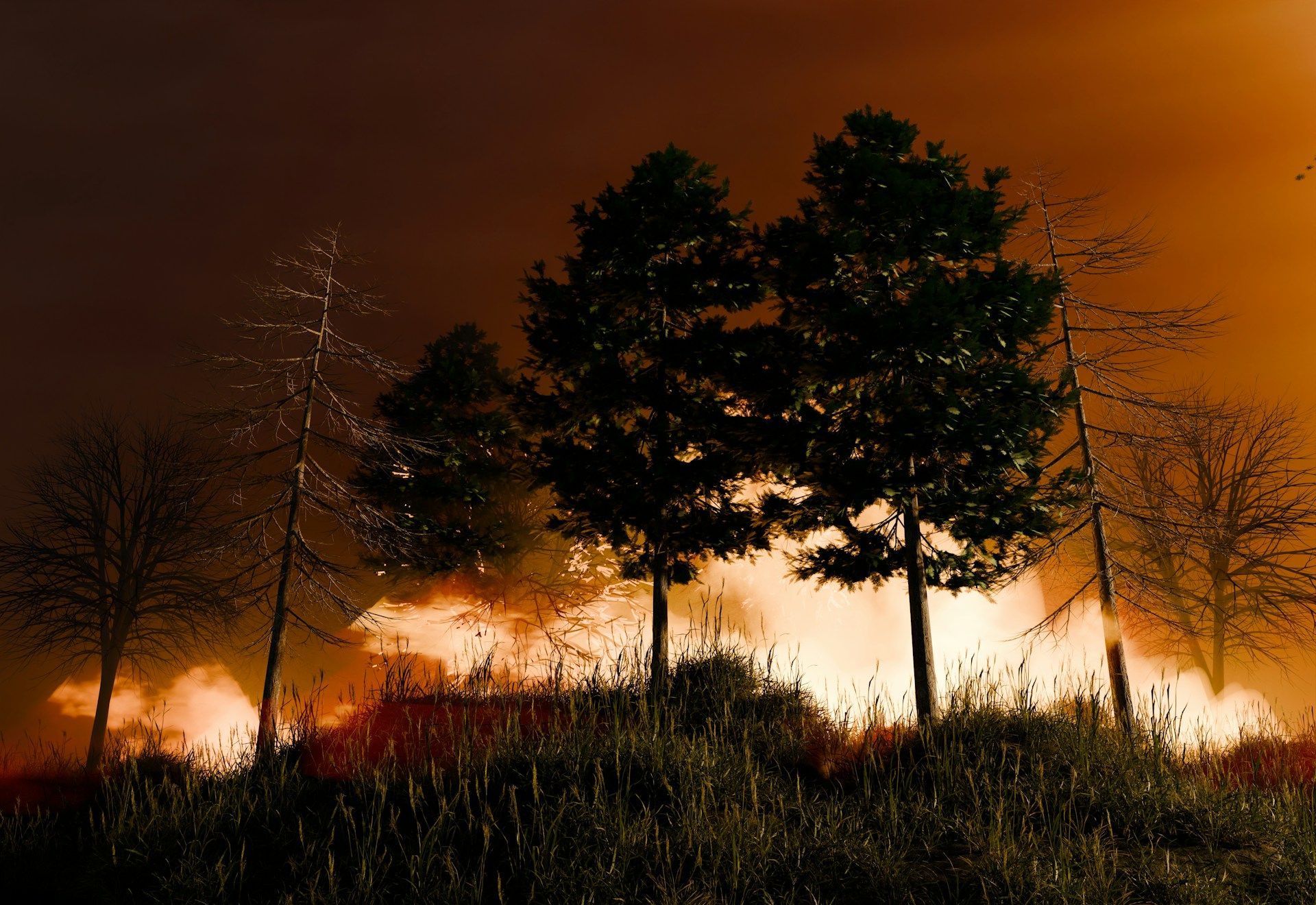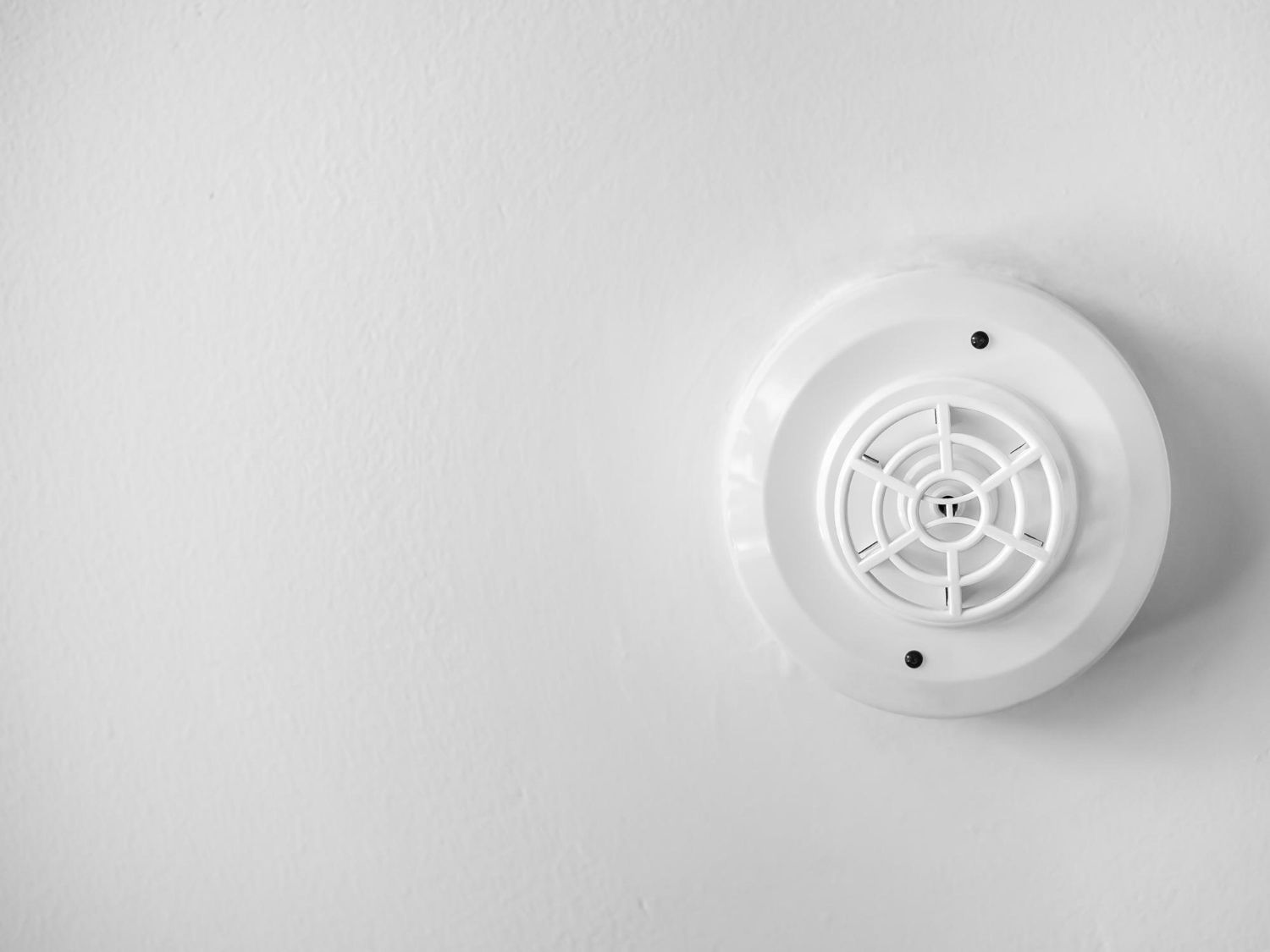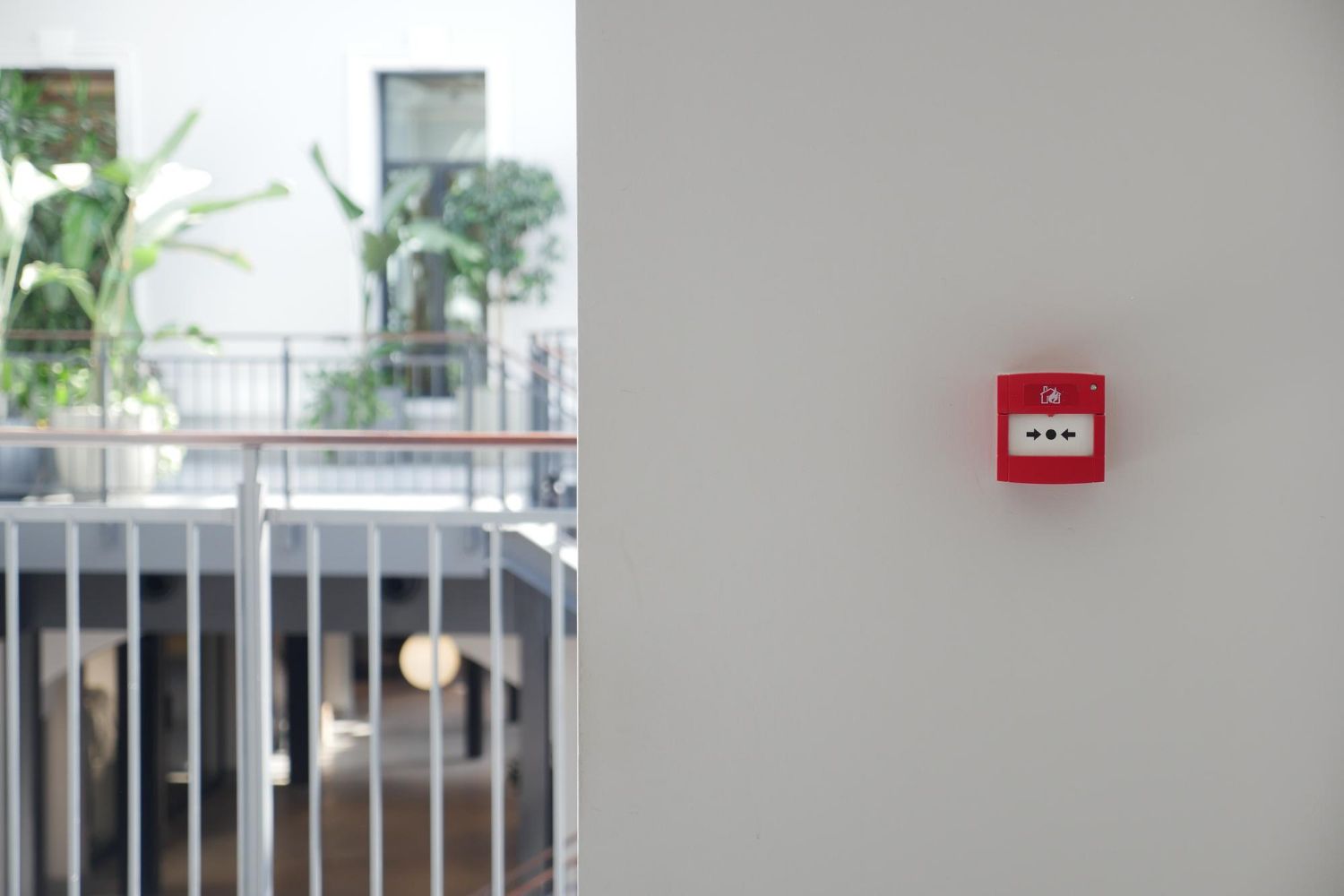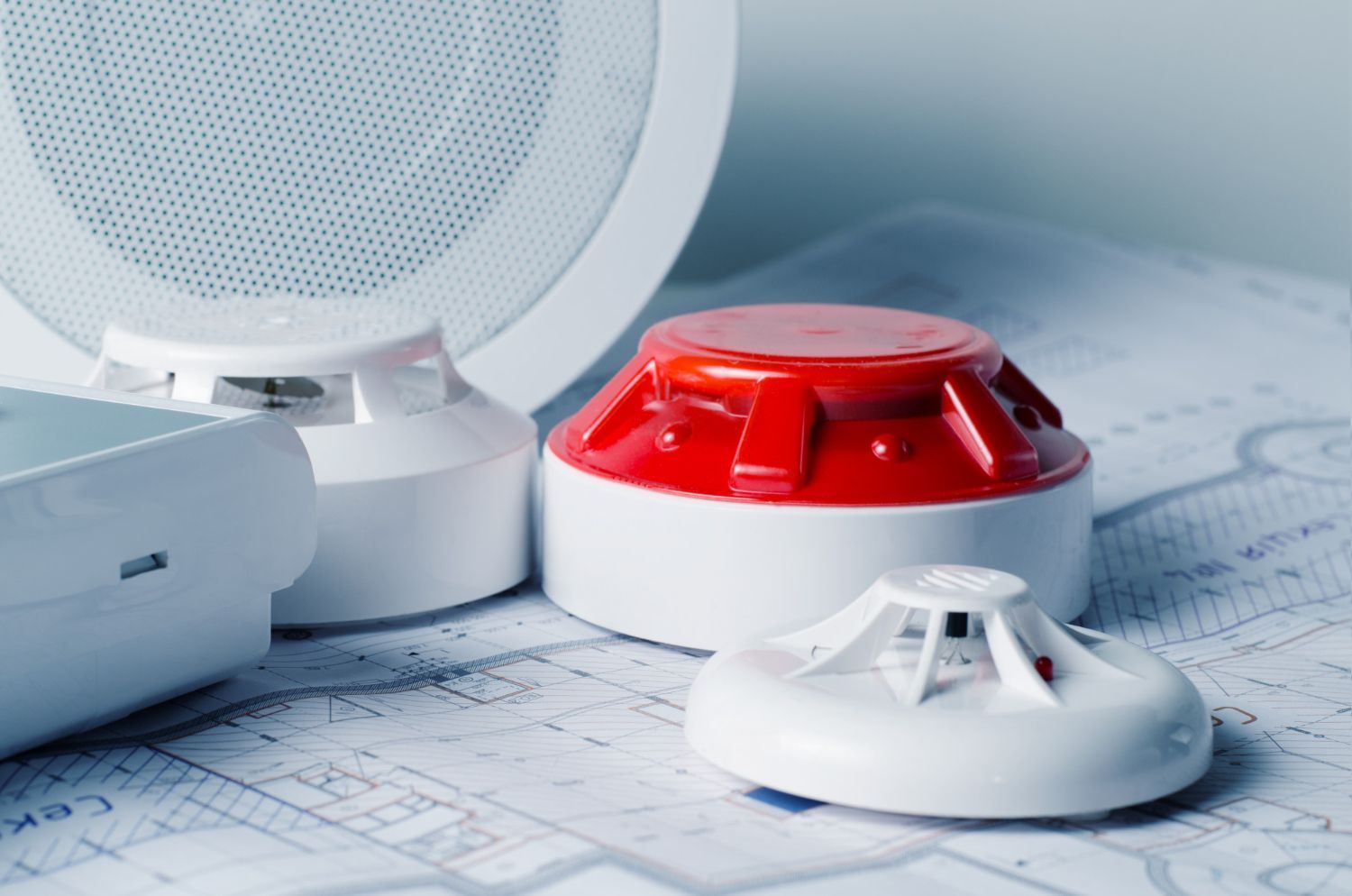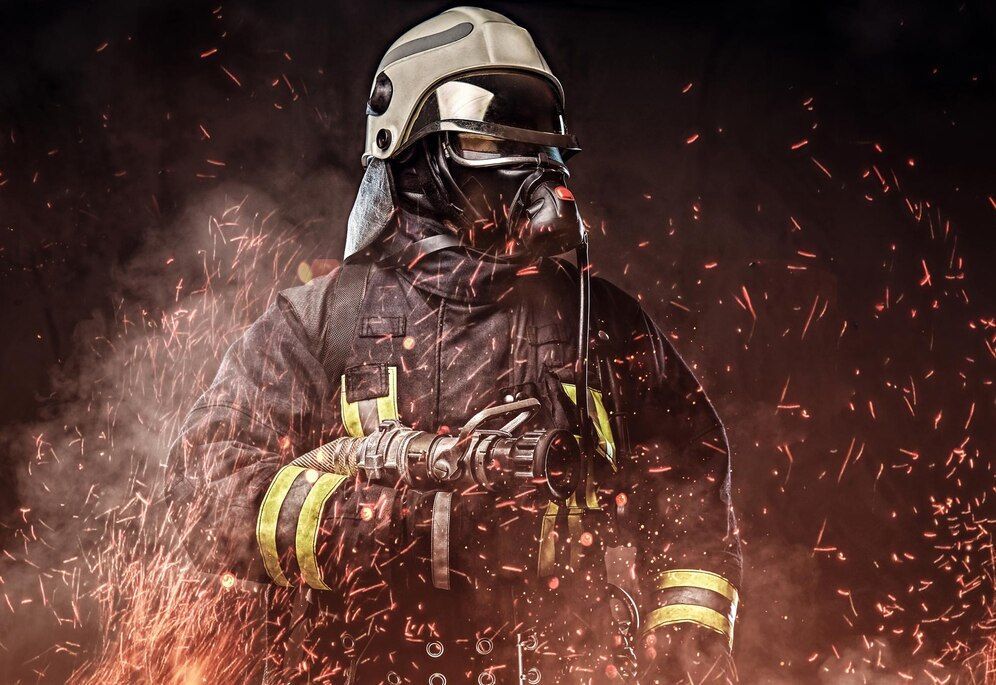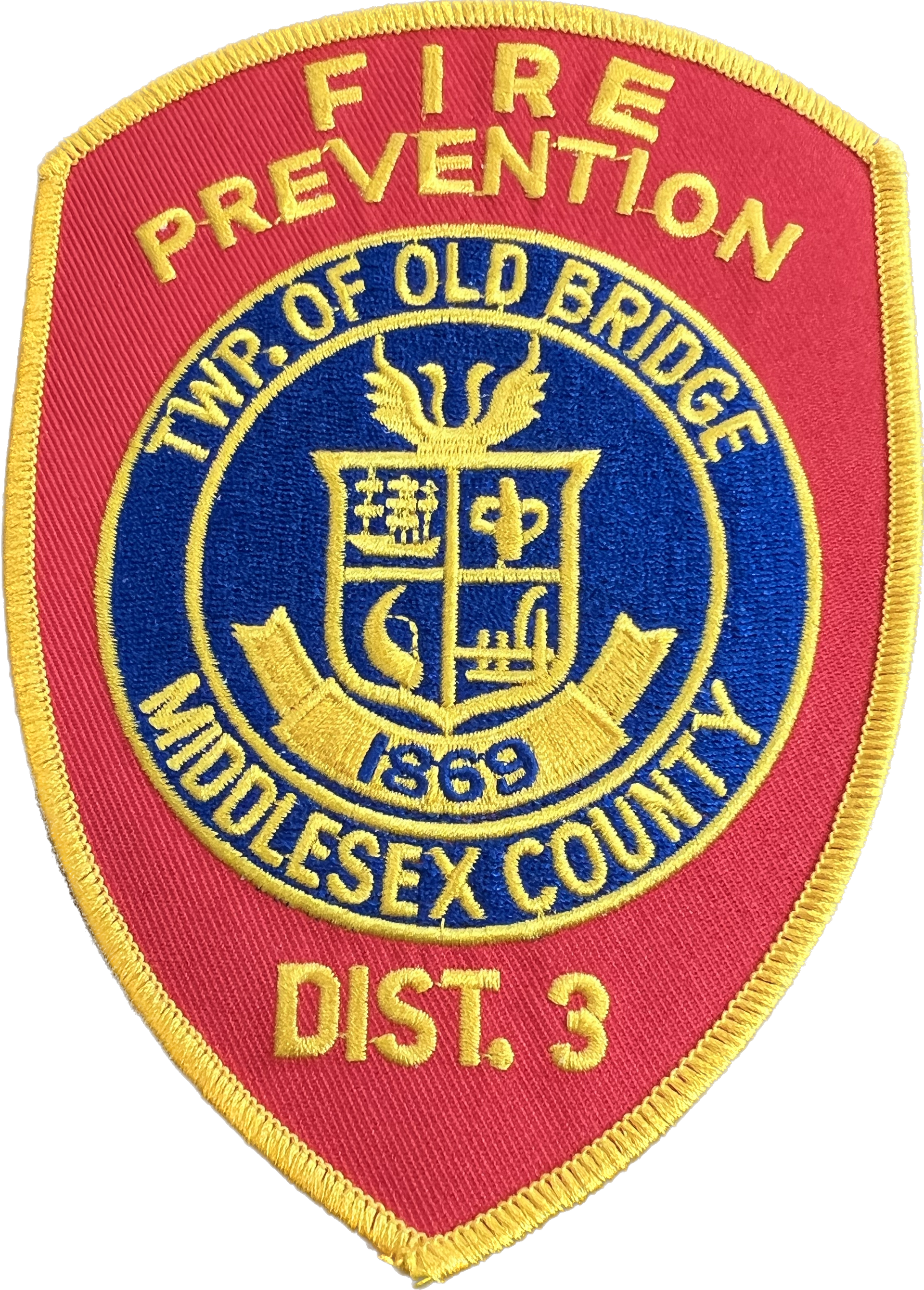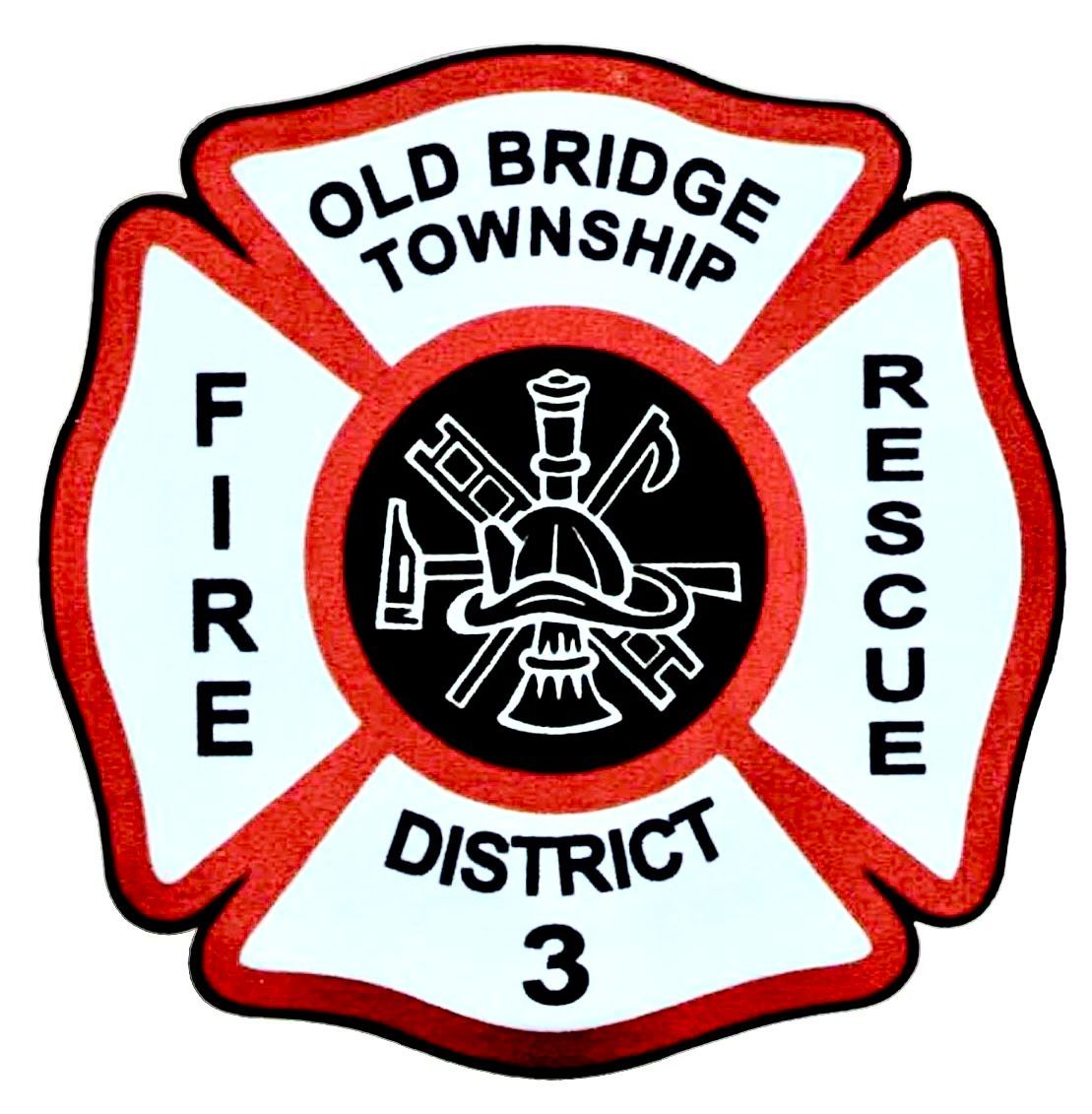Fire Safety: Must-Know Fire Prevention Tips for Homeowners
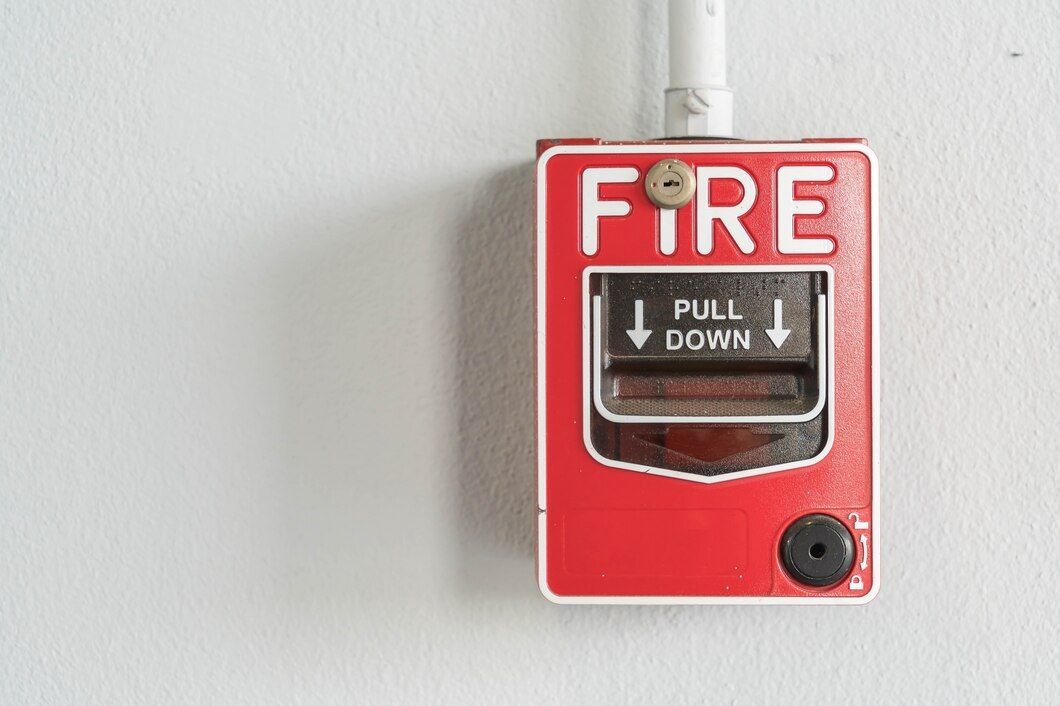
Fire safety is essential for keeping our families and homes safe. Fires can start quickly and spread even faster, putting everyone at risk. At the Board of Fire Commissioners, Fire District 3, Township of Old Bridge, we understand the importance of being prepared for any fire emergency. By taking steps to identify common fire hazards, properly installing smoke alarms, creating an effective escape plan, and practicing fire safety in each room, we can help protect our loved ones and property.
Preventing fires before they start is crucial. Identifying common fire hazards in the home helps us tackle issues before they become dangerous. Whether it's a frayed wire, an overloaded outlet, or a misplaced space heater, recognizing these risks allows us to address them promptly. This proactive approach can significantly reduce the chances of a fire starting in the first place.
Equipping our homes with smoke alarms and ensuring they are well-maintained adds another layer of protection. Smoke alarms provide early warnings, giving us precious time to evacuate safely. Coupled with a well-thought-out fire escape plan, these steps can make all the difference in ensuring everyone knows what to do and where to go if a fire occurs.
Each room in the house presents unique fire risks, and following essential fire safety practices tailored to every space helps keep potential dangers at bay. Together, these strategies create a safer home environment for all.
Protect Your Family: Fire Prevention Tips
1. Identifying Common Fire Hazards in the Home
Identifying and understanding common fire hazards in our homes is essential for preventing fires and ensuring the safety of our families. Some of the most frequent fire hazards include overloaded electrical outlets, unattended cooking, and flammable materials left near heat sources. Electrical problems are a leading cause of house fires, often stemming from using too many devices on a single outlet or using old, faulty wiring.
Another prevalent fire hazard is the kitchen. Cooking is the number one cause of home fires, making it crucial never to leave the kitchen unattended while preparing food. Grease fires can ignite in a matter of seconds, and flammable items such as dish towels or paper can catch fire if placed too close to the stove or oven.
In addition to electrical and cooking hazards, we should be mindful of other potential risks, such as space heaters, candles, and smoking materials. Space heaters should always be placed on a stable, non-flammable surface and kept at least three feet away from any flammable objects.
Candles should never be left unattended, and smoking materials must be disposed of properly to avoid any accidental fires. By staying vigilant and identifying these common fire hazards, we can significantly reduce the risk of fire in our homes.
2. Proper Installation and Maintenance of Smoke Alarms
Smoke alarms are a critical component of home fire safety, providing early warnings that can save lives. To ensure they effectively protect us, it's important to install and maintain them properly. Smoke alarms should be installed on every level of the home, including inside each bedroom and outside sleeping areas. For the best protection, interconnect the alarms so that when one sounds, they all sound.
When installing smoke alarms, we must follow the manufacturer's instructions and place them high on walls or ceilings, as smoke rises. Avoid placing alarms near windows, doors, or ducts where drafts might interfere with their operation. Testing smoke alarms monthly is essential to ensure they are working correctly. Simply press the test button until the alarm sounds. If the alarm doesn’t sound, replace the batteries or the entire unit if necessary.
In addition to regular testing, smoke alarms require proper maintenance. Change the batteries at least once a year, or immediately if they emit a chirping sound indicating a low battery. Clean the alarms regularly by vacuuming them with a soft brush attachment to remove dust and debris that might hinder their performance.
Replace smoke alarms every ten years to ensure they remain effective. By installing smoke alarms correctly and maintaining them diligently, we can enhance our home’s fire safety and provide early warnings in case of a fire.
3. Creating an Effective Fire Escape Plan
Creating an effective fire escape plan is critical for ensuring everyone in your household knows exactly what to do in case of a fire. Start by drawing a floor plan of your home, marking all possible exits from each room, including doors and windows. It’s important to have at least two exit routes for each room to ensure safety if one path is blocked by fire.
Practice your escape plan regularly, making sure everyone understands how to get out quickly and safely. Designate a safe meeting spot outside your home where everyone should gather once they've escaped. This spot should be a safe distance away from the house, like a neighbor's driveway or a specific tree. Practicing both during the day and at night will help everyone react quickly, no matter when a fire occurs.
In addition to practicing the escape plan, teach everyone how to stay low under smoke, check doors for heat with the back of their hand before opening, and close doors behind them to slow the spread of fire. Make sure that everyone knows to call 911 once they have reached safety. Having a well-practiced escape plan ensures that in the event of a fire, everyone can act quickly and confidently to reach safety.
4. Essential Fire Safety Practices for Every Room in the House
Ensuring fire safety in every room of our home involves specific practices tailored to each area’s unique risks. In the kitchen, always stay nearby when cooking, and keep flammable items like paper towels away from the stove. Install a fire extinguisher in the kitchen and ensure everyone knows how to use it. Clean your stove and oven regularly to prevent grease buildup, which can easily ignite.
In the living room and bedrooms, keep space heaters at least three feet away from anything flammable. Never leave candles unattended, and always extinguish them before leaving the room or going to bed. Limit the use of extension cords, and ensure they are not hidden under carpets or furniture, as this can cause them to overheat.
Install smoke alarms in each bedroom and test them monthly. In rooms with fireplaces, use a screen to prevent sparks from escaping and ensure the chimney is cleaned annually to avoid creosote buildup. In the bathroom, keep electrical appliances like hairdryers away from water sources and unplug them when not in use.
Basements and garages also have specific risks. Store flammable liquids in approved containers and keep them away from heat sources. Check that electrical panels and outlets are in good condition and not overloaded. By following these essential fire safety practices tailored to each room, we greatly reduce the risk of fire in our homes, ensuring a safer environment for all.
Fire Safety Checklist for Homeowners
At the Board of Fire Commissioners, Fire District 3, Township of Old Bridge, our goal is to help you keep your home safe from fire hazards. Understanding and identifying potential fire hazards, knowing how to properly install and maintain smoke alarms, creating and practicing an effective fire escape plan, and following safety practices for each room in your home are all vital steps in fire prevention and safety.
Fire safety is a shared responsibility and requires ongoing attention and diligence. Regularly reviewing and practicing safety measures ensures that you and your loved ones are prepared to act quickly and effectively in case of an emergency. By implementing these best practices, you create a safer living environment and contribute to the overall safety of our community.
For more detailed tips and resources on fire safety, reach out to us at the Board of Fire Commissioners, Fire District 3, Township of Old Bridge. With our
fire department in New Jersey, we can make sure your home is well-prepared against the threat of fires. Stay safe and proactive about fire prevention—our community's safety depends on it!
